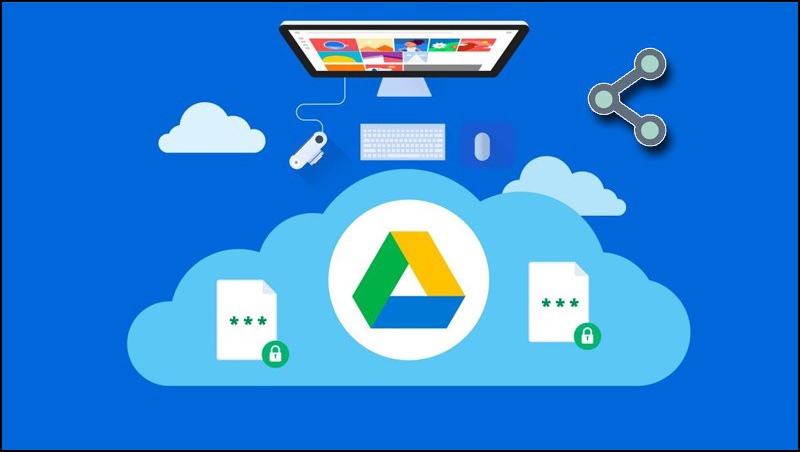30
Nov
Organic search results and paid search results are two distinct types of listings that appear on search engine results pages. Organic Search Results: Organic search results are the listings that appear on a search engine results page based on their relevance to the user's search query and the search engine's ranking algorithm. These listings are not influenced by direct payment to the search engine. Instead, they are determined by the search engine's assessment of the page's relevance and authority in relation to the user's query. Organic results are typically displayed below or alongside any paid search ads and are often…









